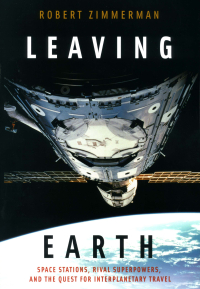SpaceX prepares to test its next generation rocket engine
The competition heats up: SpaceX’s first Raptor rocket engine has now been built and has been shipped to the company’s test facility in Texas to begin testing.
The Raptor is SpaceX’s next generation of rocket engine. It may be as much as three times more powerful than the Merlin engines that power its Falcon 9 rocket and will also be used in the Falcon Heavy rocket that may fly in late 2016 or early 2017. The Raptor will power SpaceX’s next generation of rocket after the Falcon Heavy, the so-called Mars Colonial Transporter.
Although official details regarding the Raptor engine remain scarce, SpaceX founder Elon Musk has suggested the engine will have a thrust of about 500,000 pounds, roughly the same power as a space shuttle’s main engines. Whereas the shuttle was powered by three main engines and two booster rockets, however, it is believed the large rocket SpaceX uses to colonize Mars would likely be powered by a cluster of nine Raptor engines.
Like I said in my previous post, the rest of this decade should be very exciting in space, and that excitement will have be because of private enterprise and freedom, not NASA’s fake mission to Mars, with Orion.
The competition heats up: SpaceX’s first Raptor rocket engine has now been built and has been shipped to the company’s test facility in Texas to begin testing.
The Raptor is SpaceX’s next generation of rocket engine. It may be as much as three times more powerful than the Merlin engines that power its Falcon 9 rocket and will also be used in the Falcon Heavy rocket that may fly in late 2016 or early 2017. The Raptor will power SpaceX’s next generation of rocket after the Falcon Heavy, the so-called Mars Colonial Transporter.
Although official details regarding the Raptor engine remain scarce, SpaceX founder Elon Musk has suggested the engine will have a thrust of about 500,000 pounds, roughly the same power as a space shuttle’s main engines. Whereas the shuttle was powered by three main engines and two booster rockets, however, it is believed the large rocket SpaceX uses to colonize Mars would likely be powered by a cluster of nine Raptor engines.
Like I said in my previous post, the rest of this decade should be very exciting in space, and that excitement will have be because of private enterprise and freedom, not NASA’s fake mission to Mars, with Orion.







